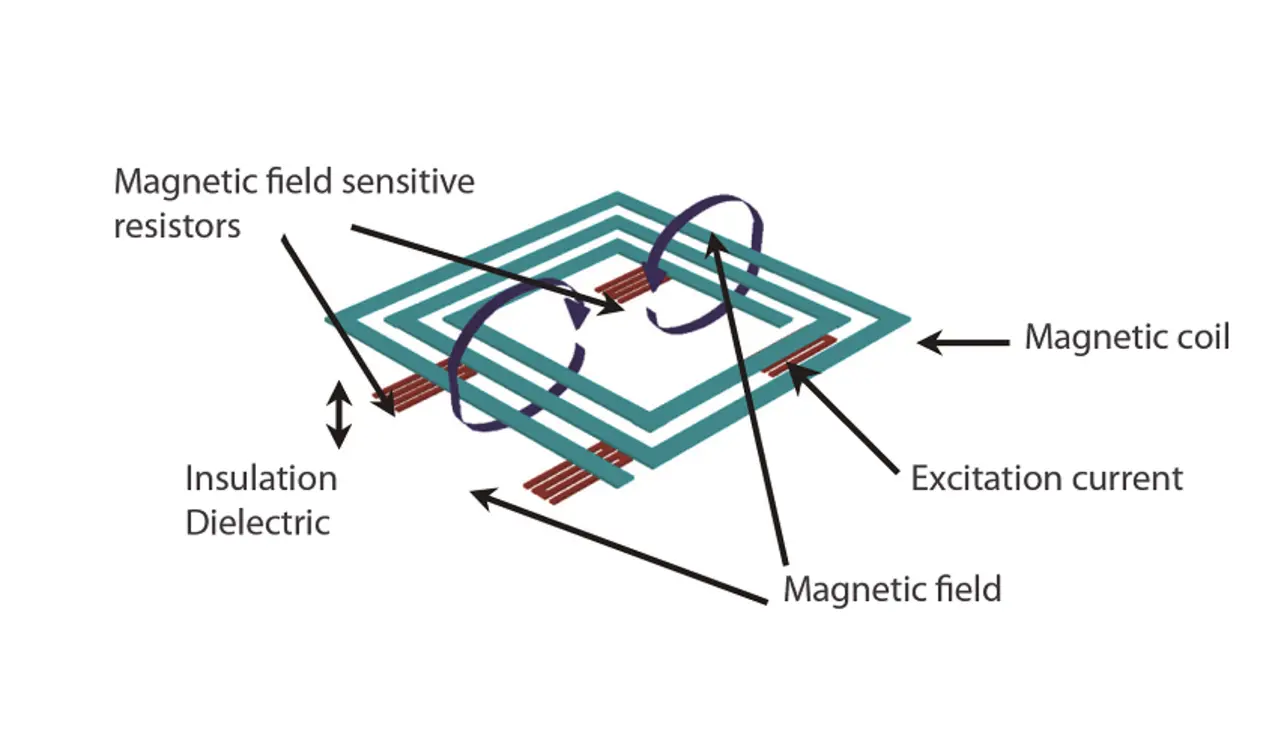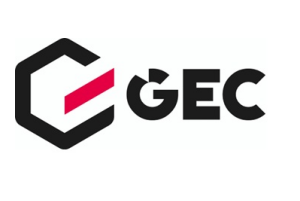Optical Isolators Compared
Bye-bye Optocoupler?
Fortsetzung des Artikels von Teil 1
Optocouplers and their weak points or hall effect as a solution?
All these problems have led to a situation where another principle of galvanically isolated signal transmission, true to curve, has become most widespread up to now: optical transmission, consisting of a LED and a phototransistor – the optocoupler. This can transmit from direct current up into the lower MHz band and, if designed appropriately, maintains basically all safety demands.
But the optocoupler too has its drawbacks. Its receivers tend to show electric interference (capacitive) and thus crosstalk between channels. Plus, the isolating material is not stable longterm, where both electrical isolation and optical transparency are concerned. The transmitting diodes degrade in performance and efficiency in the course of time, meaning a poorer transfer ratio.
The phototransistors to produce high transfer ratio are slow and create only a few megahertz. Fast optical couplers are rather rare and not particularly inexpensive. For transfer rates of more than 50 Mbit/s there are definitely no longer optocouplers. The power demand is also considerable, and currently available high-speed optocouplers only work on 5 V supply voltage, but not with the more frequent digital circuits of 3.3 V supply voltage. Then the temperature stability at both the transmitting and receiving end of the optocoupler is not exactly remarkable.

Hall sensors at the receiver end working with magnet coils at the transmitter end are a possibility, but they too have a number of disadvantages: They produce very little signal and are even more unstable longterm than the optocoupler. Plus, they are susceptible to direct and alternating magnetic fields, which are hardly avoidable in electric and electronic devices. So the Hall effect could never make its way in couplers.
A magnetoresistive quantum effect has become interesting as of late: the giant magnetoresistive effect (GMR). Here the resistance of nanocrystalline layers rises if they are magnetized in opposite directions and drops if they are magnetized unidirectionally (Fig. 2). This is a nanotechnology application of socalled spintronics, where the electrical charge of the electrons is not relevant but their orientation or spin.
2007 Nobel Prize for GMR
The effect was discovered in 1988, independently of one another, by Peter Gruenberg of the Juelich Research Center, and Albert Fert of Paris South University. That won them the Nobel Prize for Physics in 2007. GMR is chiefly known through the reader heads used today on harddisks, producing enormously high storage density, but the technology can also be used in magnetic sensors and data couplers, as offered by the US company NVE (Non Volatile Electronics, marketed by Hy-Line Power Components) under the brand name Isoloop.
Integrated in these devices as single and dual couplers are GMR elements, control coils and electronics in the smallest format to date (MSOP case) of an isolating data coupler, and as many as five coupler channels in only slightly larger packages.
Trigger on level or edge

»Non-volatile« in the company name NVE alludes to a less expected feature of the devices: Since these are not electrical but magnetic effects, the switched state of the couplers is kept after power out and returns to this same state when power is back again.
GMRs are interconnected in Isoloop couplers (Fig. 3) in a Wheatstone bridge, avoiding malfunction through drift and interfering fields. There are different isolator devices: NVE IL5xx and IL8xx are level- and edge-controlled, IL2xx/IL7xx are solely edge-controlled. IL6xx models dispense with logic circuits on the input.
The magnetic coil is then driven directly. That enables pure level control at high bit rates of 100 MB/s, control by current instead of voltage sources, and direct replacement of optocouplers whose transmitting diodes are likewise current-controlled. Thus in IL6xx, with appropriate scaling of the starting resistor, control voltages from less than one to some hundred volts are possible, or control with floating differential-mode voltages.
Purely edge-controlled logic input stages enable high speed for low cost. However it is possible that after turn-on the logic level is not correctly defined again until after first switching. This can be avoided (DC correct) with IL5xx up to 2 Mbit/s and IL8xx for higher speeds.
In compact IC packages without further electronics, the devices deliver clean digital data levels on the output: Several 5-channel versions of the IL7xx series are obtainable as IL2xx. There are also complete interface couplers ready containing the logic for CAN bus, RS422 and RS485 and producing up to 40 Mbit/s.
- Bye-bye Optocoupler?
- Optocouplers and their weak points or hall effect as a solution?
- Good digital sound minus jitter





